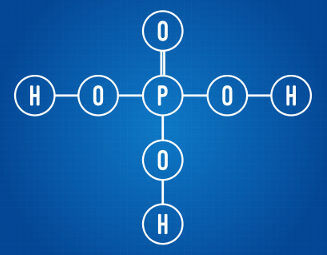The bottle you use to feed your baby can pose health risks. The raw material for making baby bottles, plastic, has as its component a substance called Bisphenol A.
Bisphenol A enters the composition of plastic to provide malleability, that is, without it the plastic becomes hard and brittle. Studies show that the accumulation of this additive can cause cancer, it is also associated with precocious puberty in girls, since it mimics the hormone Estrogen. The substance in question is also present in other plastic objects, but see now why children are the main target:
the contamination
When we heat liquids inside the bottle, such as milk, for example, it displaces its components (among them the Bisphenol) into the liquid, so the food will be contaminated by substances present in the plastic of the baby bottle. As children are more fragile, they end up becoming the biggest victims.
Do not stop now... There's more after the advertising ;)
According to the National Health Surveillance Agency (ANVISA), the amount of Bisphenol A present in baby bottles (0.6 mg/kg) does not affect health. On the other hand, the Brazilian Society of Pediatrics (SBP), advises the suspension of use, claiming that there are no safe levels: “when in doubt, it is better not to take risks”.
But there are some plastics that don't contain this substance, it's called BPA-free, and that's why its use has been growing a lot, especially in first world countries such as the United States. example.
The best thing would be to replace your child's bottle with a cup to serve liquids, according to experts, this method is safer, since baby bottles are suspected of causing damage to facial joints and causing changes orthodontic.
By Líria Alves
Graduated in Chemistry
Would you like to reference this text in a school or academic work? Look:
SOUZA, Líria Alves de. "Bisphenol: danger present in baby bottles"; Brazil School. Available in: https://brasilescola.uol.com.br/saude/bisfenol-perigo-presente-mamadeiras.htm. Accessed on June 27, 2021.


